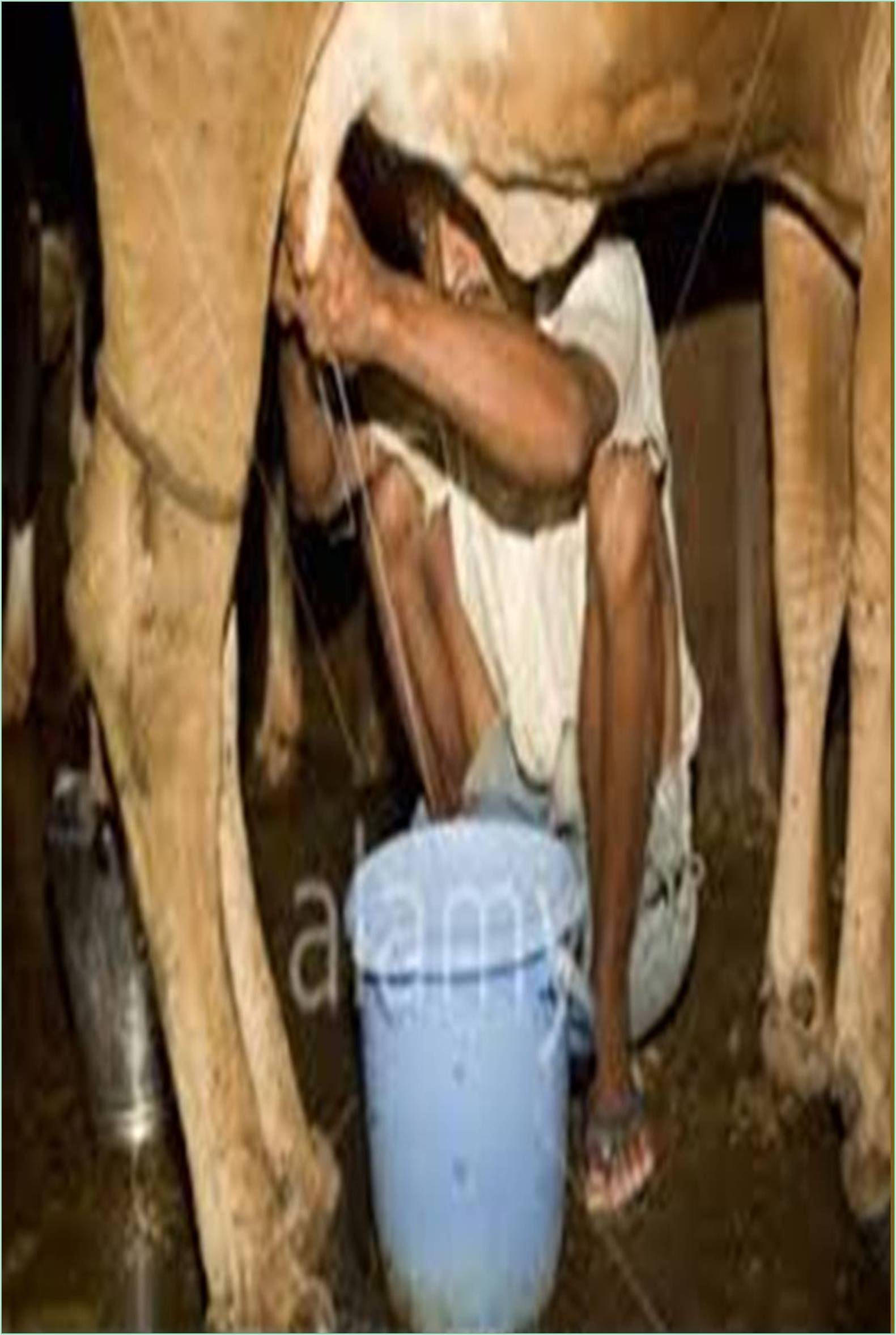



Received: 09-Jun-2021 Published: 30-Jun-2021
animal welfare, cattle, animal husbandry
Animal welfare means how an animal is coping with the conditions in which it lives; it is based on 'five freedoms' and 'four principles' of animal welfare. Dairy cattle are considered as sentient beings due to which husbandry should be provided as per their needs.
Milking is taken into account one among the foremost important routine tasks done by dairy cow farmers and is additionally rated because the most enjoyable task. Milking is additionally the foremost frequent direct interaction between dairy cows and therefore the stockperson. Chronic pain associated to diseases or injuries and any stressful situations occurring during milking are likely to supply a decrease in milk yield[3].
Given a natural healthy life, cows can live for twenty years or more. High-yielding dairy cows will typically be slaughtered after three or four lactations because their milk production drops and/or they're chronically lame or infertile.
In terms of diseases and injuries directly associated with milking, a special attention should tend to the prevention of teat injuries and mastitis (especially when contagious mastitis microorganisms are involved). Mastitis is more likely to happen at the time of peak yield and cows with high milk flow could also be more susceptible to devour infections through the teat canal. Some evidence suggests that the incidence of mastitis could also be reduced by increasing the frequency of milking. On the opposite hand, increasing the frequency of milking can also increase the danger of teat damage and secondary invasion by environmental pathogens after each milking [1].
Automatic milking has become a standard practice in dairy production. With reference to the welfare of the dairy cattle , the utilization of automatic milking systems has both advantages and drawbacks . Some recent studies conclude that automatic milking and traditional milking are equally acceptable in terms of welfare of the dairy cattle[2].
Most dairy cows are going to be kept indoors for part or all of the year. Cows typically have less opportunity to act naturally and exercise when indoors, compared to once they are at pasture, however indoor housing could also be necessary during inclemency. Good housing design and management are essential permanently welfare. Crowded conditions, poor ventilation and high humidity increase the danger and spread of infection[3].
Lameness is painful and a big welfare problem for dairy cows worldwide. Cows may go lame thanks to various conditions related to bacterial infection, like hoof lesions, sole ulcers, laminitis and digital dermatitis. These conditions are often caused by poor quality floors, ineffective foot trimming, poor nutrition and prolonged standing on concrete floors. Lameness often results in additional welfare problems like mastitis and metabolic diseases[1].
Rest is extremely important to cows, especially during lactation, and that they need somewhere comfortable to lie. Cows that are kept on concrete floors with inadequate bedding, or in housing with poorly designed cubicles, are going for to be more likely to develop mastitis or become lame. Hard flooring is additionally more painful lame cows to face and walk on, and cows may slip and injure themselves if floors are wet from excrement.
Animal welfare is important because there are so many animals around the world suffering from being used for entertainment, food, medicine, fashion, scientific advancement, and as exotic pets. Every animal deserves to have a good life where they enjoy the benefits of the Five Domains.